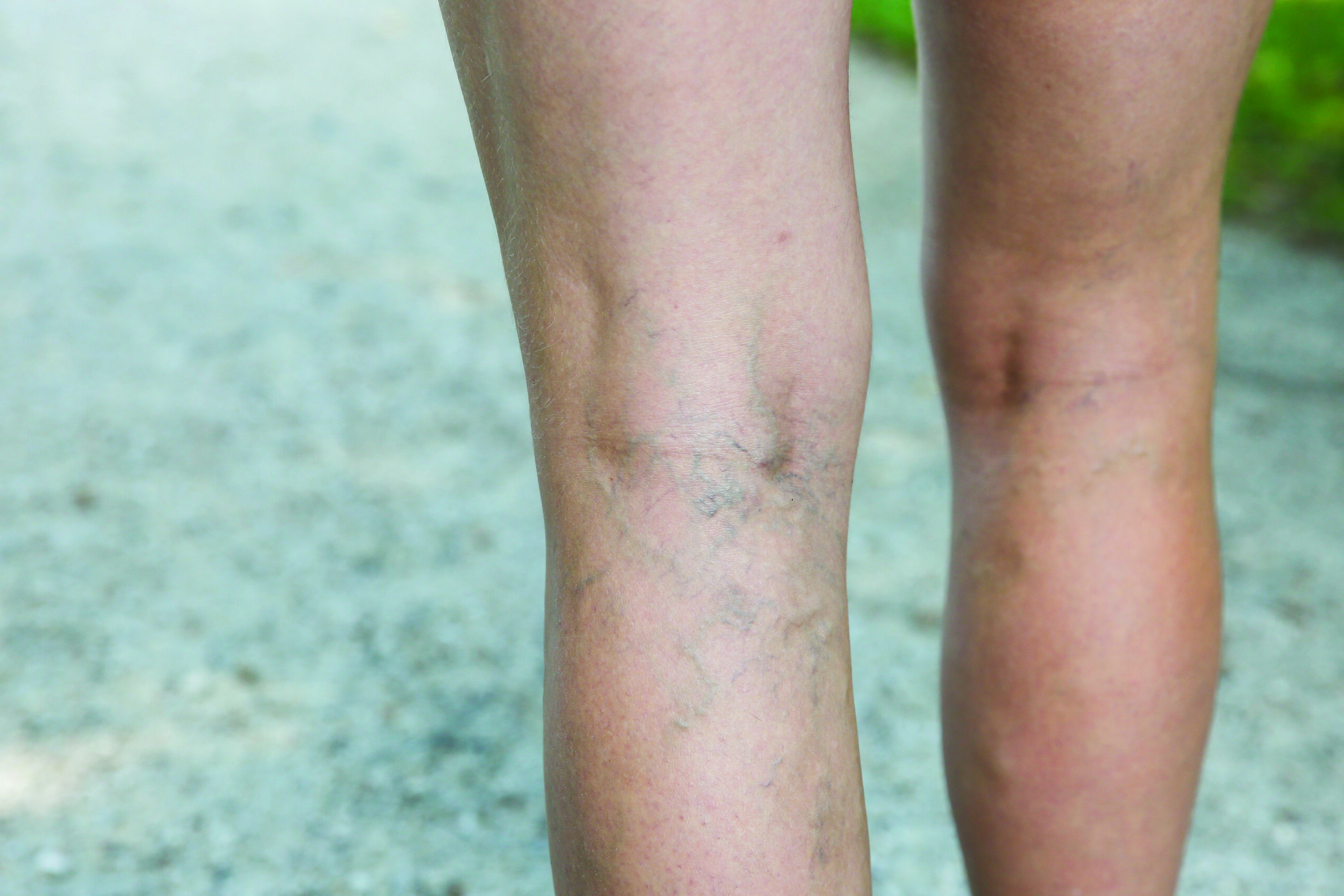
You may notice rope-like branches of bluish-purple, or green veins all over your lower leg. This may often indicate an underlying circulatory problem that requires prompt medical care. Ignoring these bulging veins can lead to life-threatening consequences.
Spider vein surgery in South Carolina is a minimally invasive procedure that helps treat spider veins, not efficiently managed through conservative methods.
Understanding spider veins
Spider veins are damaged or diseased, visible veins in your lower legs, just beneath your skin surface. These are bluish-purple or green in color and appear in clusters that resemble a spider web or tree branches. Spider veins are typically painless, and harmless, and treatment may be required for cosmetic reasons.
Causes
Spider veins often develop due to damaged veins that appear beneath your skin’s surface. However, they could be an early sign of chronic venous insufficiency (CVI). This condition occurs due to disruption of the one-way valve system of the veins which fail to carry the deoxygenated blood back to your heart from the lower extremities. As a result, it leads to the pooling of blood within the veins, causing the walls to stretch and appear bulged.
Risk factors
- Family history
- Obesity
- Prolonged standing or sitting
- Smoking
- Age over 50 years
- Being a woman
- Birth control pills
- History of blood clots
- Excess sun exposure
- Hormone replacement therapy for menopause
Symptoms
Spider veins usually do not cause any symptoms, except for the visible rope-like veins. However, you may experience the following:
- Burning sensation
- Feeling of warmth
- Heaviness, and pain in your legs
- Muscle cramps
- Itching
- Numbness or a tingling sensation
If you notice any of the symptoms, consult a vascular specialist for further evaluation.
Diagnosing spider veins
To diagnose spider veins, your vascular specialist will:
- Review your personal, and family medical history
- Evaluate your symptoms
- Physically examine your legs
- Order a few diagnostic tests, such as:
- Doppler ultrasound scan
- MRI
- CT scan
Effective treatment options for spider veins
Spider veins can be effectively managed through the following methods:
Minimally invasive procedures
- Sclerotherapy
-
- A special chemical solution called a sclerosant is injected into the damaged vein to close it off.
- The blood is rerouted through other healthy veins.
- Endovenous ablation
-
- A tiny catheter is inserted into the diseased vein which delivers heat energy to seal the vein.
- The heat source can either be laser or radiofrequency energy.
Bottom line
Spider veins are harmless, and painless vascular conditions. However, it is important to consult a vascular specialist to prevent any complications since they could be an early sign of circulatory problems.

